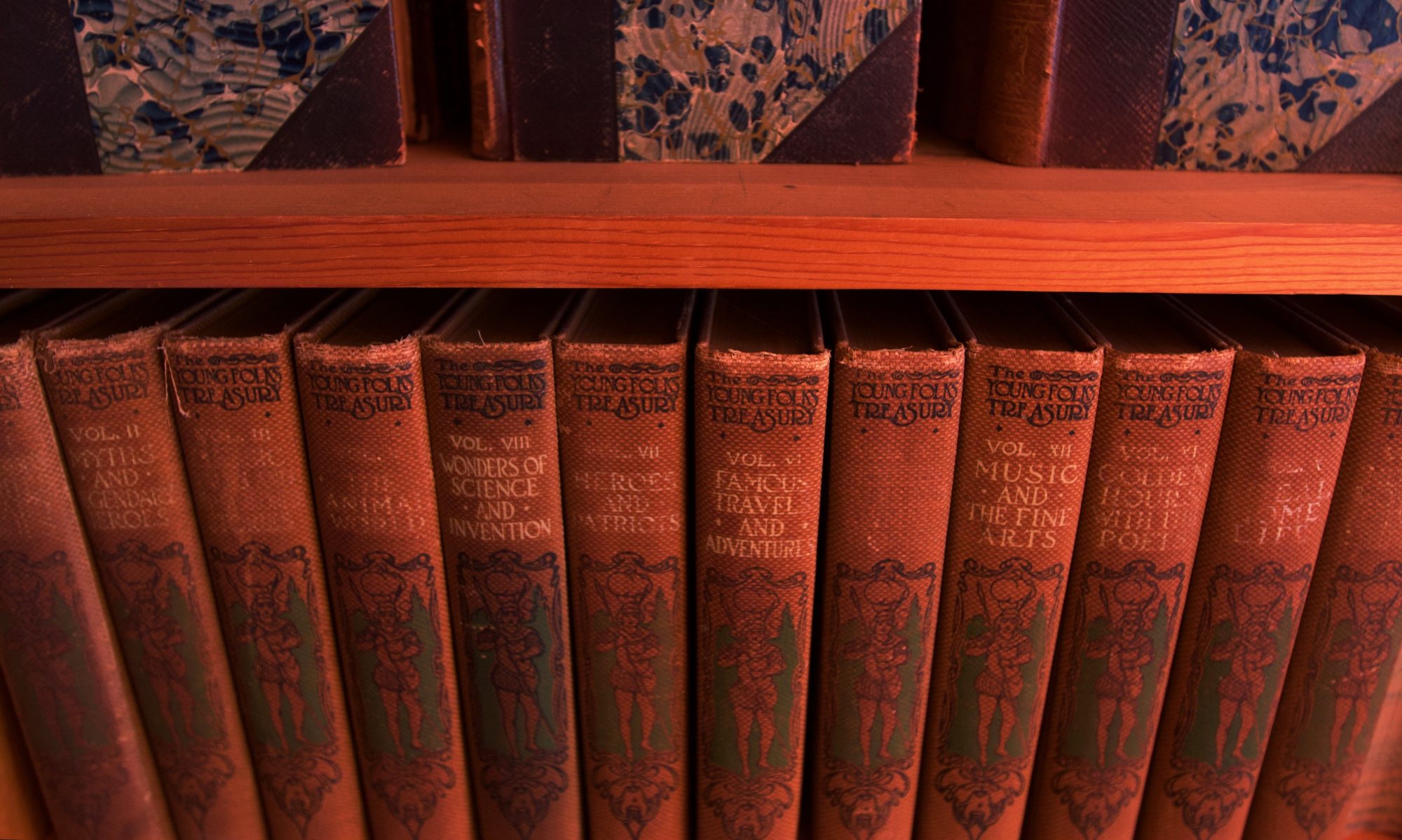
“The Lord is close to the brokenhearted and saves those who are crushed in spirit.” Psalm 34:18
Years ago Riverbend hosted an art show displaying pieces made by homeless artists in a rehabilitation program. I fell in love with one of the small ceramic pots. It had a blue-green glaze washed over its grainy surface. It was beautiful and it gave me joy, so I bought it and put it on my shelf.
One day my children accidentally knocked it down, shattering it into pieces. Knowing how much I loved it, they gathered the shards and tried to glue it back together. They brought me the bad news and the patched-up vase at the same time, along with heartfelt apologies.
It was not as good as new, not anywhere close. Thick globs of glue held its geometric pieces roughly in place. Its many breaks appeared from every angle as deep gaps. My children stared at me with upturned faces, studying my expression for a sign. I smiled.
Before its break, my vase told me a single beautiful story of rehabilitation and hope, that of the woman who made it. But after the break, it told me two. It told me of the time my children filled my house with play and laughter, and of the time their earnest little hearts tried to right a wrong and keep me from feeling sad. My tiny ceramic vase was more valuable to me than ever before.
When my kids chose to fix my vase instead of throw it away, they were unknowingly following the centuries-old Japanese tradition of kintsugi. Kintsugi, meaning “golden repair,” is the Japanese art of mending broken pottery. Rather than try to disguise the breaks, kintsugi accentuates them, using gold or silver lacquer to highlight the veins of repair. In kintsugi brokenness is celebrated; the unique lines of breakage make the piece more beautiful, more rare, and more storied than before.
Kintsugi incorporates three Japanese philosophies: that of wabi-sabi, which embraces the flawed and imperfect, that of mottainai, which regrets waste, and that of mushin, which accepts change. Kintsugi finds value and beauty in the object’s history of use and wear. Rather than signal the end, a break indicates a good story and signals a new beginning.
When our worlds unexpectedly shatter, all is not lost. We can bring the broken pieces to our God who, like a kintsugi craftsman, delights to bring unique beauty to each fault line. Where we may see irreparable damage, He sees an opportunity. Our many fragments don’t deter Him. Rather He lovingly and patiently gathers, fits and smooths us into vessels of greater worth than ever before. And in His hands, the very lines along which we fractured—those edges dark and deep—become our strongest and most lovely features, seams of light paved with gold.

Kintsugi
